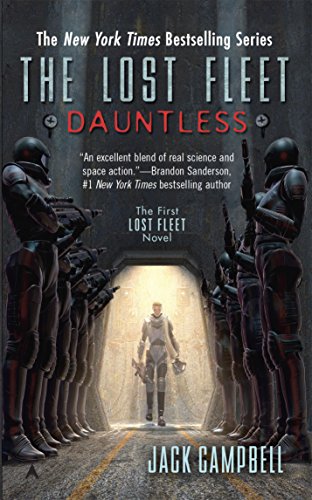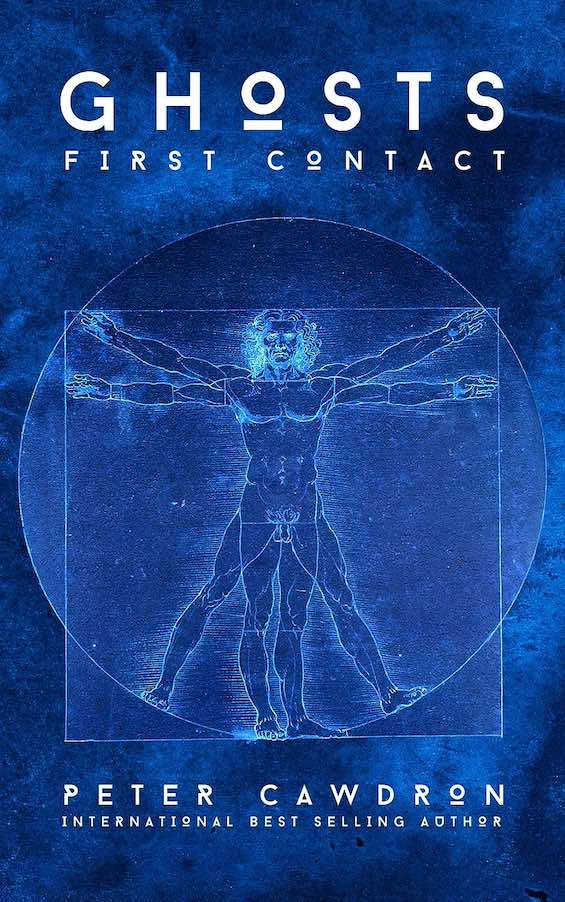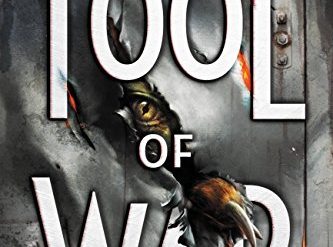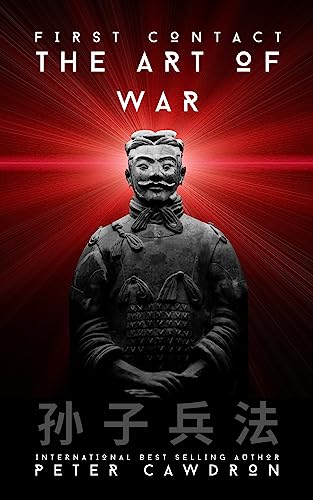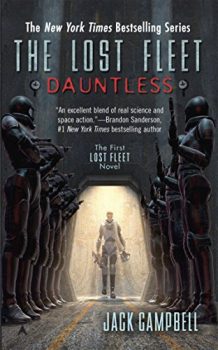
Military science fiction doesn’t often rock my boat. Of course, there are exceptions, such as Joe Haldeman’s classic, The Forever War. But that novel didn’t work so brilliantly because it celebrated the military life. No, it was exciting because it highlighted the impact of relativity on travel at great distances through space and time. And that’s one of the principal attractions as well of Jack Campbell‘s The Lost Fleet: Dauntless, although in a very different way. The novel is the first in Campbell’s popular military SF series about a human fleet at war across the galaxy.
Estimated reading time: 4 minutes
If you’re a fan of military science fiction, you’re likely to enjoy this book (and probably its sequels in the Lost Fleet series, too). But, for me, three reasons stood out.
Strategy vs. tactics
Captain John (“Black Jack”) Geary finds on awakening after a century in cryonic suspension that the men and women in the Terran military fleet are not just young and inexperienced. Because so of them have been dying at the hands of their enemy, and they’ve been rushed into service to replace those lost, they’ve never been trained in military strategy and tactics. Geary quickly finds after he is assigned to take command of the fleet that his greatest battle is not with the enemy Syndics but with the ignorance of the people he’s forced to manage. Although Campbell doesn’t clearly label what they do as tactics and what Geary does as strategy, anyone even cursorily familiar with the field will know that’s exactly what the contrast is all about. And that’s a fundamental lesson to convey in this launch of a military SF series.
The Lost Fleet: Dauntless (Lost Fleet #1) by Jack Campbell (2006) 308 pages ★★★★☆
The distortion of perception at relativistic speeds
It’s typical in space opera such as Star Wars to show great, fast-moving spaceships zooming in and around one another and shooting each other to smithereens. Well, not so fast. As Campbell makes clear in The Lost Fleet, warships moving at relativistic speeds, sometimes exceeding “.2 lightspeed,” or about 37,000 miles per second, would be entirely incapable of observing one another because of the perceptual distortion caused in time-space. Instead, they, and in this case Captain Geary, must extrapolate using complex algorithms where the enemy is likely to be minutes or hours later. And that assumes the enemy hasn’t shifted course even slightly while traveling at such a high speed, since doing so might place them in an entirely different sector of a star system. So, it turns out that war in space is much more like four-dimensional chess than three.
How to fight a war in four dimensions
Campbell explains, “At point one light, we can still figure out what we’re looking at with some accuracy. As we get closer to the speed of light, it gets harder to tell where everything really is . . . It requires a special kind of training and experience with judging exactly when to transmit orders to forces deployed across light-minutes of space, when to have those orders take effect, how to compensate for the small, but real, relativistic distortions that can creep into coordinated time lines, how to estimate what the enemy must be doing based on time-late visual images that vary depending on which part of the enemy formation you’re looking at. . . Think of it as a ballet in four dimensions, with the different parts staggered through different layers of time delays in seeing and communicating with them.”
Imaginative new weapons in the military SF series
In most fictional accounts of war in space (and I would certainly hope all such accounts are fictional), the weaponry used is little different from the “rayguns” of the bad old days of classic science fiction. Not so with Campbell. Several imaginative new weapons systems debut in The Lost Fleet, including one labeled (with historical resonance) grapeshot. This weapon hurls small steel balls at enormous speed at enemy warships, opening up holes in their hulls. In hindsight, given the fear among astronauts of penetration by micrometeorites, a weapon of this sort is a no-brainer. But this is where I’ve first come across it. And Campbell introduces other unorthodox weapons systems in this always interesting novel.
About the author
John G. Hemry, who writes under the pseudonym Jack Campbell as well as his own name, is a retired US Naval officer. In addition to the six novels in The Lost Fleet series and the five Lost Fleet: Beyond the Frontier books, he has written twenty-five other science fiction novels, three anthologies, and a slew of short stories.
For related reading
For more good reading, check out:
- These novels won both Hugo and Nebula Awards
- The ultimate guide to the all-time best science fiction novels
- 10 top science fiction novels
- The top 10 dystopian novels
- Ten new science fiction authors worth reading now
And you can always find my most popular reviews, and the most recent ones, on the Home Page.

